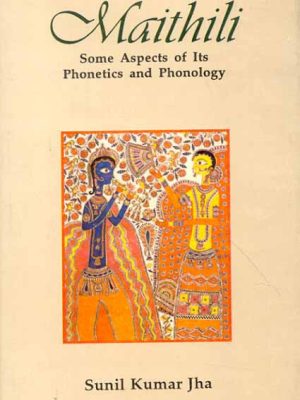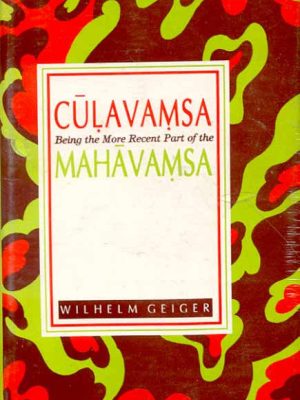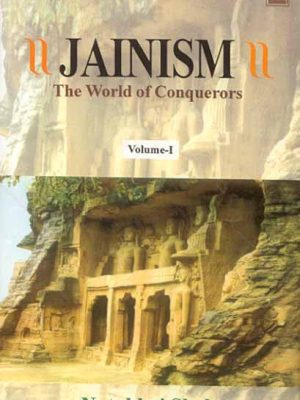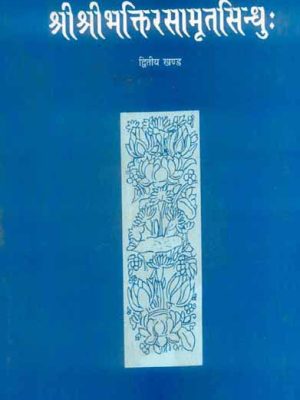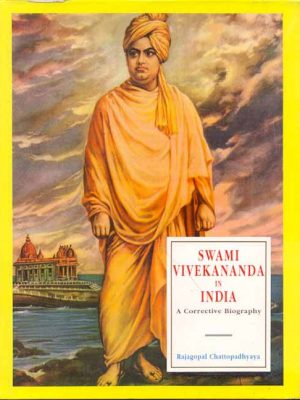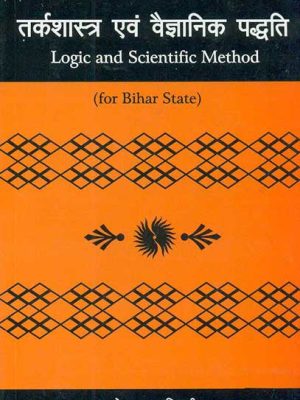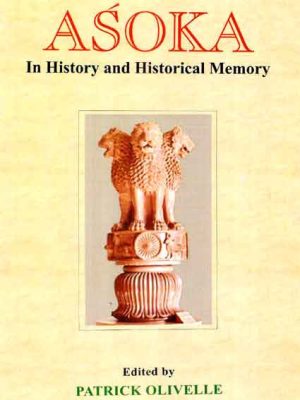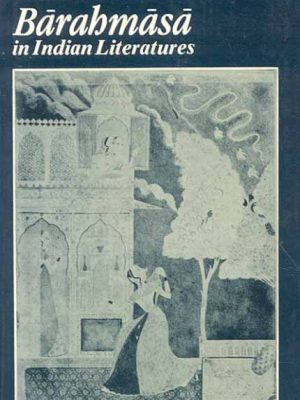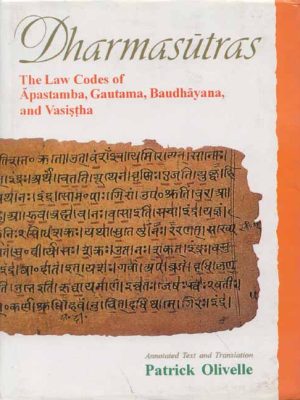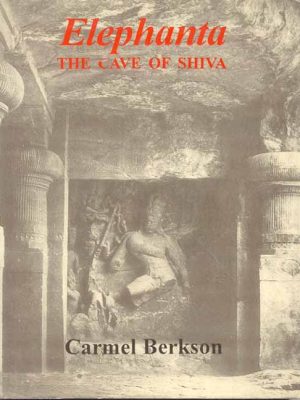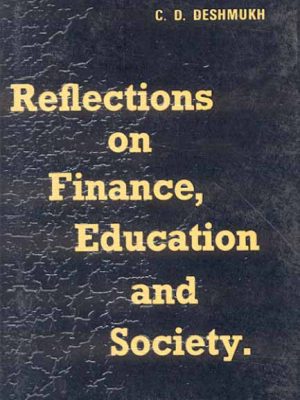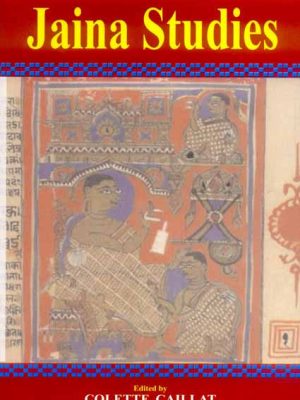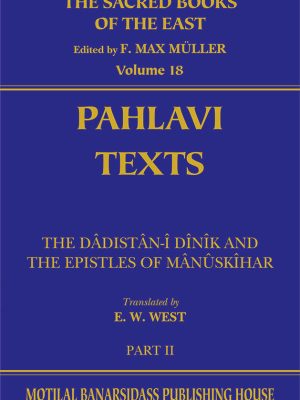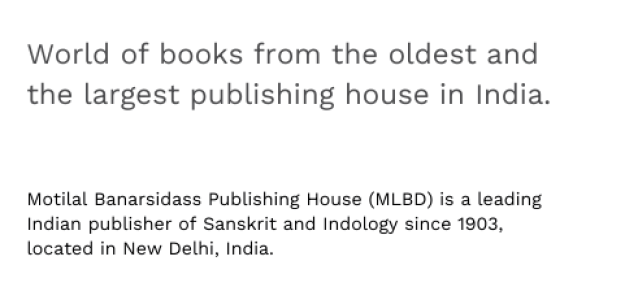
Motilal Banarsidass Publishing House
-
Culavamsa (2 Pts. in one): (Being the More Recent Part of the Mahavamsa)
Culavamsa or ‘The Little Chronicle’, a thirteenth century work composed by Bhikkhu Dhammakitti in Pali, is a supplement to a much earlier work named Mahavamsa. These are the main sources of the political and religious history of Sri Lanka, the history of King Parakkamabahu being the realkernel. The main subject of the Culavamsa, especially of the first part, Parakkamabahu was the son of the eldest of the three brothers Manabharana, Kittisirimegha and Sirivallabha who ruled over Dakkhinadesa and Rohana in opposition to Vikkamabahu. The present volume is a reprint of the English translation from the German rendering of the work by Wilhelm Geiger in two parts bound in one.
₹1,145.00 -
₹1,595.00
-
Asoka: In History and Historical Memory
The current volume, which contains the presentations at a symposium sponsored by the South Asia Institute and the Department of Asian Studies of the University of Texts at Austin (February 4, 2006) is intended to advance the study of Asoka both as history and historical memory. The authors of these papers take as historically significant not only the “historical truth” of Asoka but also the ways in which Asoka presents himself and his political, nationalistic, and religious purposes by succeeding generations both in India and in other parts of Asia, especially within the expanding Buddhist communities and nations.
₹595.00 -
Dharma: Studies in its Semantic, Cultural and Religious History
This is the first scholarly book devoted to the study of the term dharma with in the broad scope of Indian cultural and religious history. Most generalizations about Indian culture and religion upon close scrutiny turn out to be inaccurate. An exception undoubtedly is the term dharma. This term and the notions underlying it clearly constitute the most central feature of Indian civilization down the centuries, irrespective of linguistic, sectarian, or regional differences.
₹1,195.00 -
Elephanta: The Cave of Shiva
Elephanta: The Cave of Shiva
Three descriptive essays and numerous fascinating photographs, taken
especially for this volume, allow the reader to experience a major monument
of Indian art: the sixth century temple cave on Elephanta Island, in Bombay
harbor, and its extraordinary stone sculptures. The authors and the
photographer capture the atmosphere of the cave and the spirit of the
sculptures, which portray the relentless energy and paradoxical power of
Shiva, greatest of all Hindu gods. The photographs are particularly
successful in revealing the dramatic alternation of light and dark that is
so much a part of the beauty of the cave’s interior. Ms. Berkson’s trained
and loving eye picks out the subtleties of the main sculptures and humorous
details that the visitor might miss even on the site.
In the text Wendy O’Flaherty interprets the myths of Shiva depicted in the
sculpture; Ms. berkson’s essay supplies historical background and a
stylistic analysis; and George Michell examines the overall structure of
the cave to show that it is a mandala-like image of the heavenly mountain
residence of Shiva and even of the structure of the universe itself.
“The author as well as the publishers of the work deserve to be
congratulated for providing this easily accessible guide to Elephanta.”
Research Bulletin Vishveshvaranand
Vedic Research Institute,Vol.I, Dec.2002
₹695.00Elephanta: The Cave of Shiva
₹695.00 -
-
